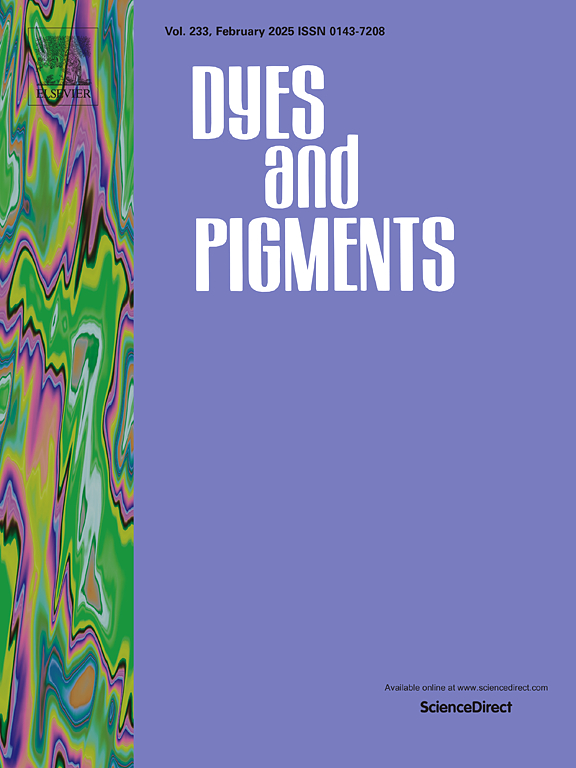Direct electrochemical reduction enables sustainable, high-concentration dyeing of vat dyes
IF 4.1
3区 工程技术
Q2 CHEMISTRY, APPLIED
引用次数: 0
Abstract
Conventional vat dyeing methods are environmentally harmful, and low electron transfer rates limit the industrial adoption of green direct electrochemical reduction. Current electrochemical dyeing with vat dyes remains at the laboratory scale, with dye concentrations under 1 g/L. Here, we design a plate-and-frame electrochemical cell filled with carbon felt, achieving direct electrochemical reduction of CI Vat Yellow 1 at concentrations up to 100 g/L under simulated factory conditions. We analyze the effects of the cell structure and reduction conditions by examining the coloration of fabrics dyed with the reduced solution. After optimizing reaction parameters, we compare fabrics dyed with the electrochemically reduced solution to those dyed using traditional methods. The results show that the flow-through electrolytic cell effectively enables direct reduction of high-concentration dyes without reducing agents. Dyeing experiments reveal that the K/S value of fabrics dyed with the electrochemically reduced dye reaches 20.17, consistent with traditional dyeing outcomes. Additionally, the electrochemical method improves the fabrics' mechanical properties and reduces the dyeing cost by 8.6 %.
求助全文
约1分钟内获得全文
求助全文
来源期刊

Dyes and Pigments
工程技术-材料科学:纺织
CiteScore
8.20
自引率
13.30%
发文量
933
审稿时长
33 days
期刊介绍:
Dyes and Pigments covers the scientific and technical aspects of the chemistry and physics of dyes, pigments and their intermediates. Emphasis is placed on the properties of the colouring matters themselves rather than on their applications or the system in which they may be applied.
Thus the journal accepts research and review papers on the synthesis of dyes, pigments and intermediates, their physical or chemical properties, e.g. spectroscopic, surface, solution or solid state characteristics, the physical aspects of their preparation, e.g. precipitation, nucleation and growth, crystal formation, liquid crystalline characteristics, their photochemical, ecological or biological properties and the relationship between colour and chemical constitution. However, papers are considered which deal with the more fundamental aspects of colourant application and of the interactions of colourants with substrates or media.
The journal will interest a wide variety of workers in a range of disciplines whose work involves dyes, pigments and their intermediates, and provides a platform for investigators with common interests but diverse fields of activity such as cosmetics, reprographics, dye and pigment synthesis, medical research, polymers, etc.
 求助内容:
求助内容: 应助结果提醒方式:
应助结果提醒方式:


